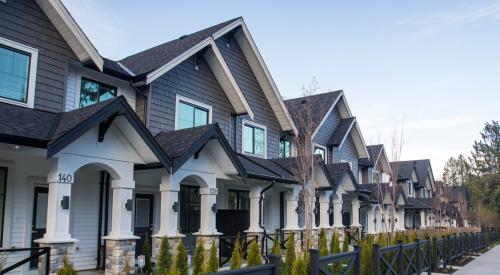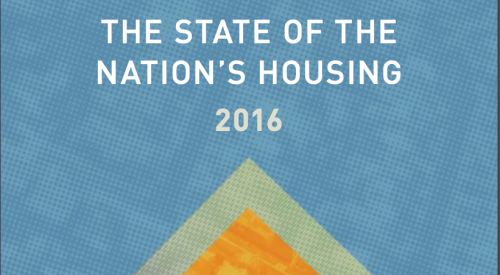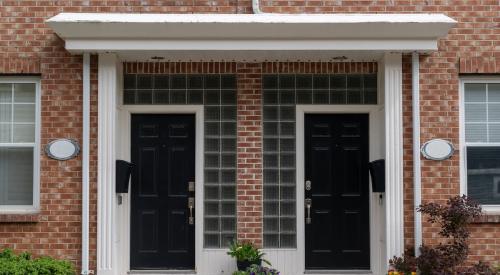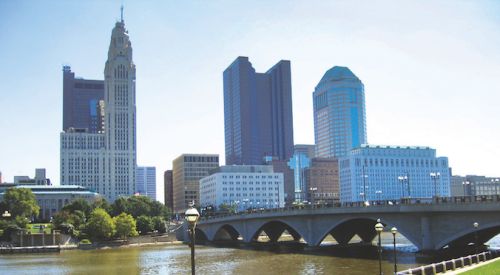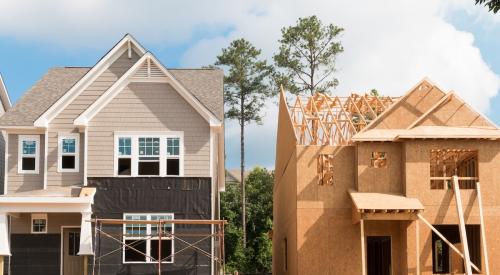Buyers want more single-family houses, but builders are unable to meet that demand because of labor shortages and other constraints. But the answer may not lie simply in building more single-family housing. Instead, transforming single-family lots into two units of housing can help alleviate the housing shortage without doubling builders’ already crunched efforts. But increasing multi-family housing doesn’t mean turning suburbs into concrete jungles. According to Zillow, even just dedicating one in 10 lots to two units could add 3.3 million homes in 20 years.
Allowing for even modest amounts of new density in the nation’s overwhelmingly single-family dominant locales could lead to millions of new housing units nationwide, according to a Zillow analysis, helping alleviate a housing affordability crisis that has been decades in the making.
If the San Francisco Bay Area, for example, continues to add housing largely as it has over the past two decades – in single-family homes on the periphery and in distinct clusters of large multifamily buildings – it could grow its housing stock by an estimated 11.8 percent over the next two decades. But if just 1 in 10 lots currently home to a single-family residence were redeveloped or otherwise allowed to accommodate two homes, the area’s housing stock could grow by 18.4 percent over the same period – or more than 200,000 homes beyond the status quo.
Over the next two decades, building at the status quo is expected to yield a total of roughly 10 million new homes across the 17 large metros analyzed nationwide, a more than 20% boost over the almost 50 million homes these markets currently collectively contain. Allowing for two units on just 10% of single-family lots would add another approximately 3.3 million homes on top of that 10 million, a boost of almost 27% over current levels.

